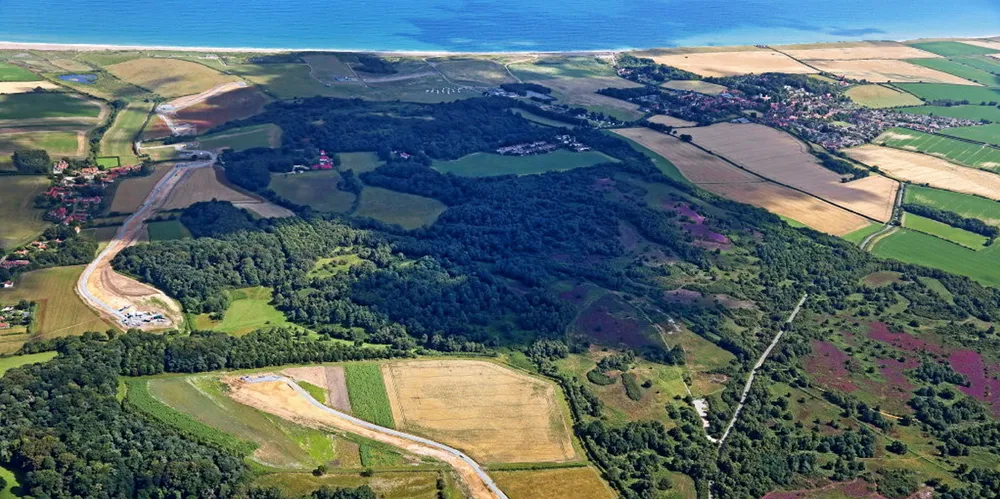Fury over 'ecological disaster' at $10bn Orsted offshore wind project
Academic 'broken' by claimed silt displacement from Hornsea 3 cabling works to English river

Academic 'broken' by claimed silt displacement from Hornsea 3 cabling works to English river
